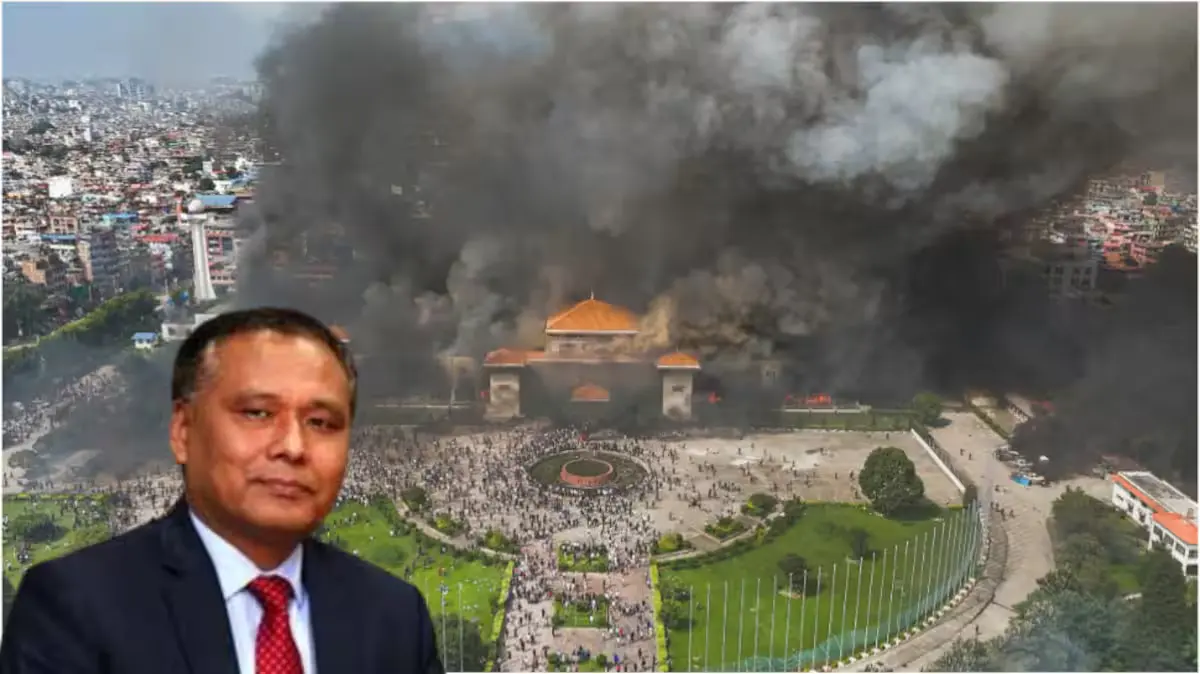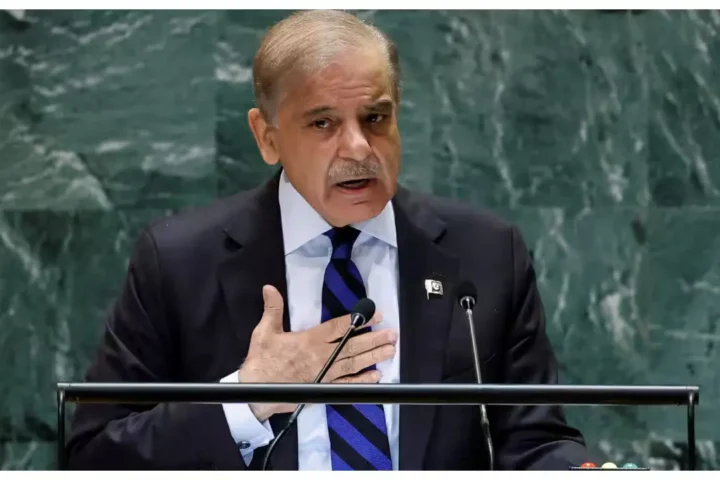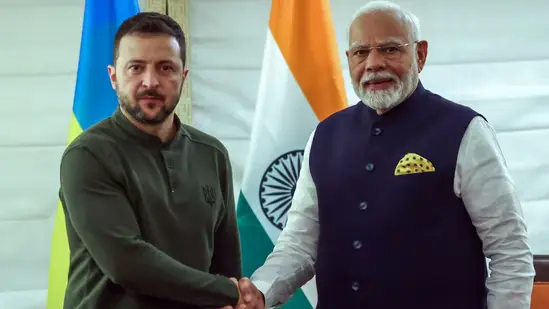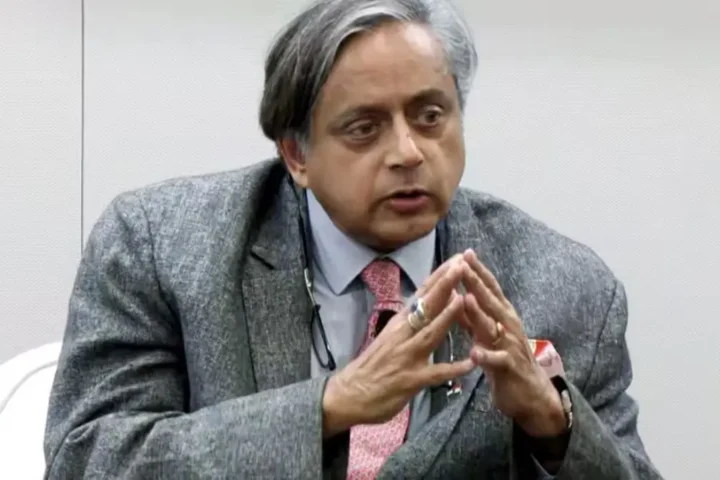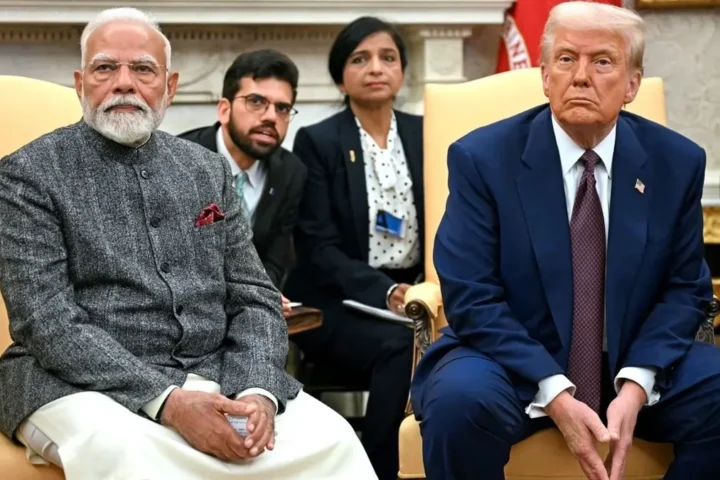Nepal is in the grip of a historic political crisis after violent protests toppled the government, leaving the nation in chaos. Parliament was set ablaze, widespread unrest erupted across Kathmandu, and the army imposed curfews to restore law and order. Following the resignation of Prime Minister KP Sharma Oli on Tuesday amid student-led agitations, the country is now searching for a new interim leader to steer Nepal toward stability and fresh elections.
President Paudel Appeals for Calm as Gen-Z Takes the Lead
In an unprecedented development, Gen-Z representatives are at the forefront of discussions to select the next interim Prime Minister, with President Ram Chandra Paudel and Army Chief Ashok Raj Sigdel overseeing the process. In a letter dated September 11, the President urged citizens to remain patient and confident. “I am deliberating and making every effort to find a solution within the constitutional framework to protect democracy,” the letter stated.
Officials confirmed that the President and army have emphasized that the responsibility now rests with the youth leaders. “The onus is on them, so they can’t blame the President or army later,” said a source familiar with the matter. The letter also called on all political parties to trust that a solution is being actively pursued to address the demands of agitating citizens.
Names in the Race and the Stakes Ahead
Meetings are ongoing at the Nepal Army headquarters, with Gen-Z representatives, President Paudel, and the army chief evaluating potential candidates. Among the leading names under consideration are:
- Sushila Karki, former Chief Justice of Nepal
- Kulman Ghising, former Chief of Nepal Power Board, praised for administrative reforms
- Balendra Shah, current Mayor of Kathmandu
The chosen interim PM will have the critical responsibility of forming a temporary government, maintaining law and order, and ensuring fresh elections within a defined timeframe. The decision carries enormous weight, not only for governance but also for the future of democratic processes in Nepal.
Meanwhile, dozens of young citizens gathered outside the army headquarters, reflecting the high level of public attention and the role of youth voices in shaping national leadership. Smaller student protests continue across Kathmandu, with demonstrators demanding that the Constitution be preserved and democracy protected, even as curfews remain in place to prevent further violence.
Nepal at a Crossroads
The political crisis underscores the fragility of Nepal’s current governance and the growing influence of younger generations in shaping the nation’s leadership. With Gen-Z actively steering negotiations, the country may witness a new era of youth-driven politics, where young leaders play decisive roles in key decisions.
Interesting Read
Charlie Kirk shot dead: Images capture panic, horror of Trump aide’s assassination
When will Nepal get new PM? Gen-Z ‘cracks’, suspense grows as names shuffle
As the situation unfolds, citizens and observers alike are watching closely for the announcement of an interim Prime Minister who can stabilize the country, restore public confidence, and chart a path toward credible elections. Nepal now stands at a critical juncture, balancing the demands of its citizens, constitutional mandates, and the urgent need for political stability.

